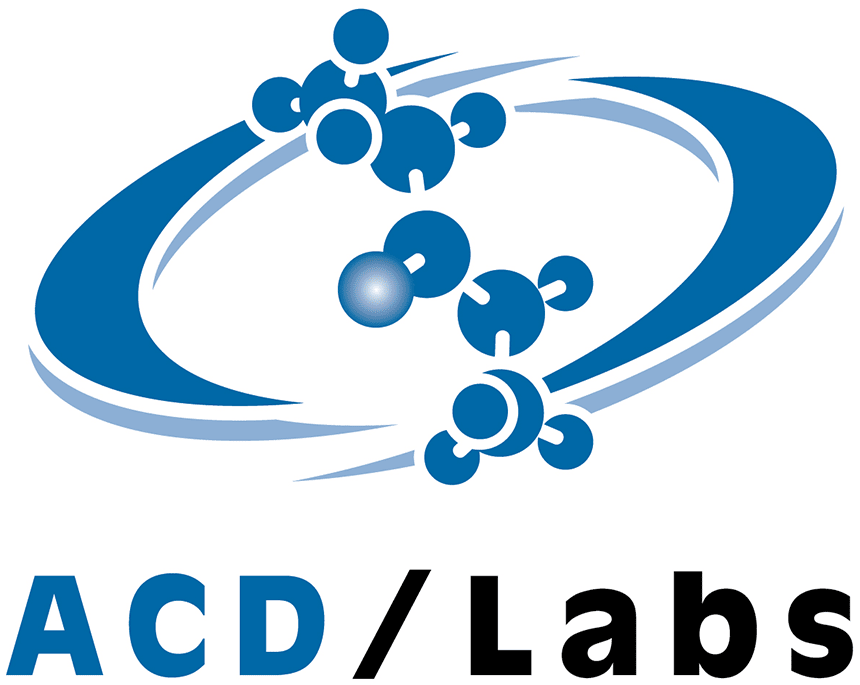The requirements for a CE mark now include the requirements for RoHS compliance, which consists of the disclosure of 4 phthalates: Bis(2-Ethylhexyl) phthalate (DEHP), Benzyl butyl phthalate (BBP), di-n-butyl phthalate (DBP), Diisobutyl phthalate (DIBP). A quantification method is defined in IEC 62321- 8 by a TD (Thermal Desorption)-GC-MS technique. The CDS 6150 Pyroprobe is a multi-function thermal sample injection system for GC-MS, meeting and exceeding the RoHS phthalates testing requirements.
Table 1 shows the RSD (n=8) averaged at 3.2 percent, 3 times better than the method requirement, with MDLs all below 25 ppm, 4 times better than the method requirement.







